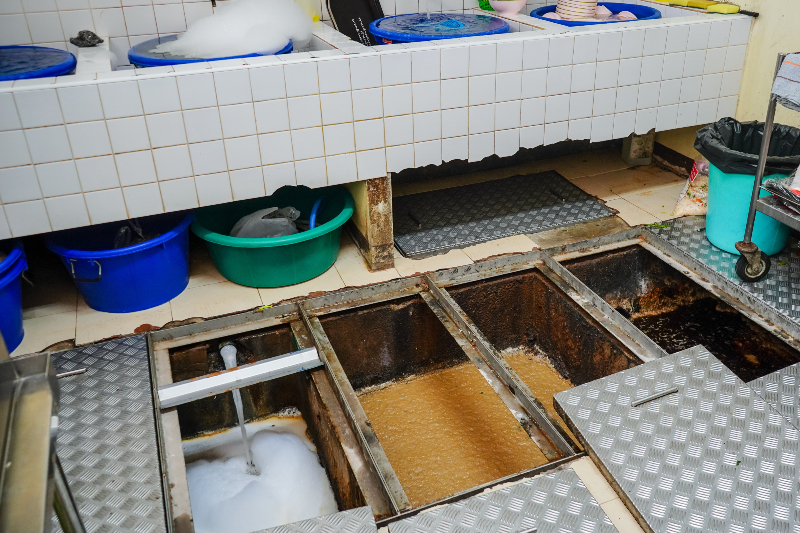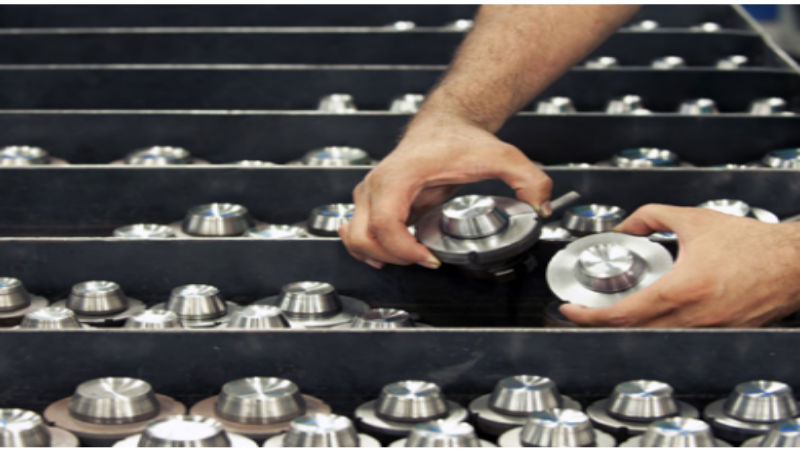Powder coating is a means of improving both the surface appearance of a substrate metal and its properties. In Michigan, companies rely on powder coatings to provide anti-corrosion qualities while giving products a long-lasting and durable surface. However, for the best results possible, it is imperative to do preparation work before applying the coating.
Degreasing and Cleaning
Sometimes, the initial step is to disassemble the part. This allows easier access to nooks and crannies. The next step is washing the substrate surface. For this action, the parts are sent to the dip tank or wash station. In wash tanks, finishing companies generally utilize alkali and/or neutral detergents to remove dirt, grime, and grease. However, the medium chosen must be compatible with the metal substrate. For safe application, the choice of cleaner must not negatively affect the metal of which the parts are made.
Rinsing follows to reveal the impact made of the cleaning solvents. When scaling, rust, paint, and finish remain untouched; the next move is to remove the part to a blast room. Here, compressed air propels sand, shot or grit on the substrate surface to blast away any abrasive materials. The result is a smoother, cleaner surface – one ready for the application of a powder coating.
The Power of Powder Coating
When it comes to affordability, durability, and reliability, companies know they can rely on powder coatings. A powder coating is also environmentally friendly, making it more attractive to companies who want to lower their footprint, yet still, save money. Since 1983, the benefits of using this method have resulted in increased market growth. In states such as Michigan, many industries, including automotive and appliances manufactories, are beginning to realize the advantages they can derive for their corporation. However, the best work is only possible when the process is carried out properly, beginning with the first steps: pre-coating preparation.


